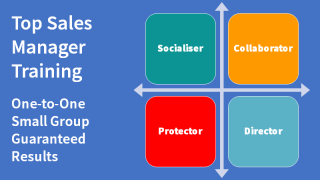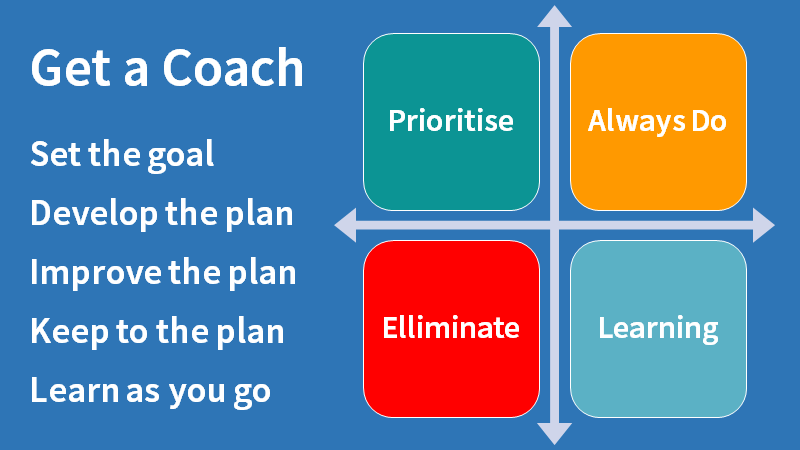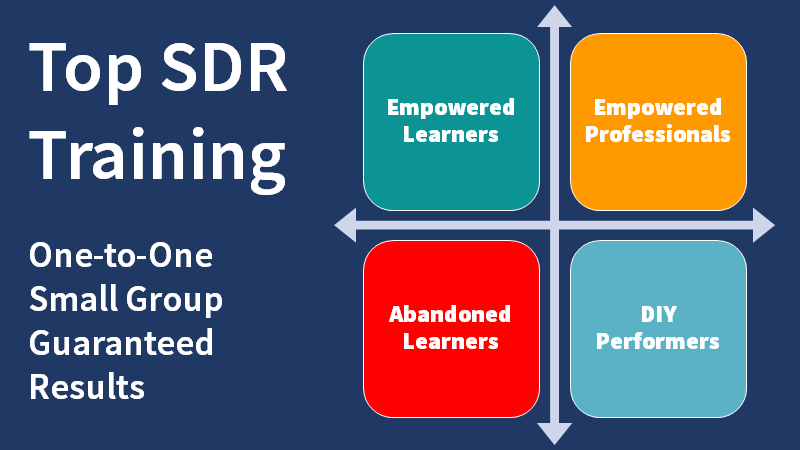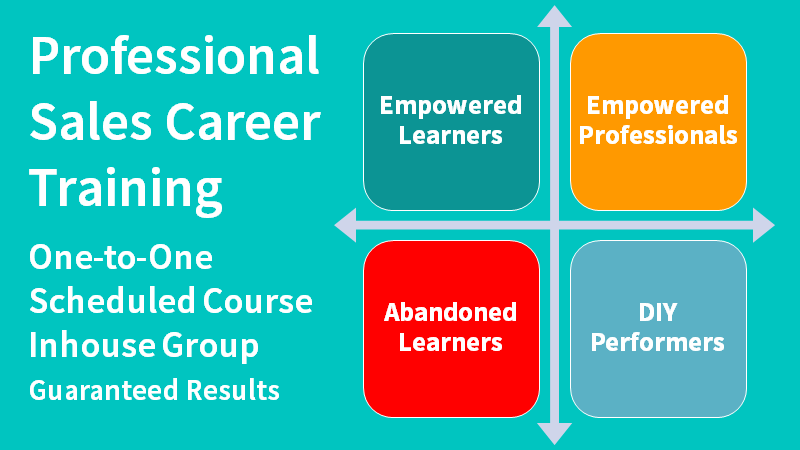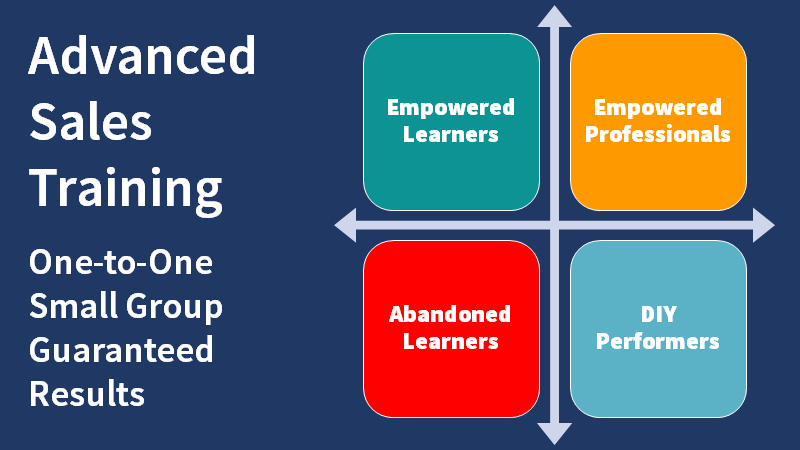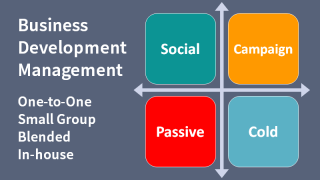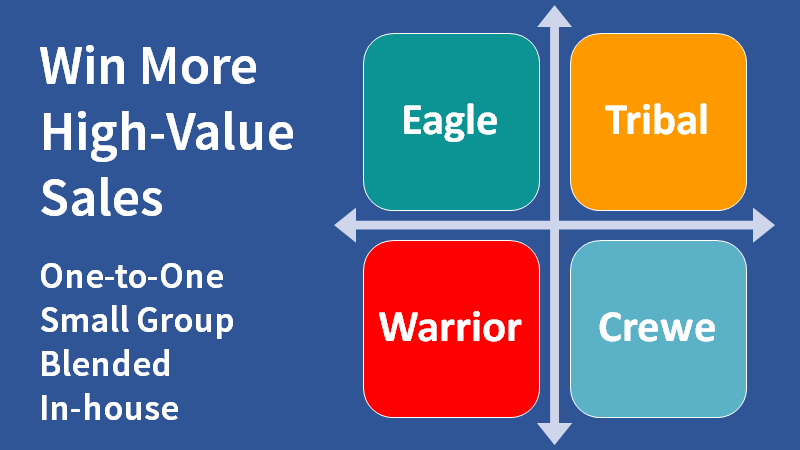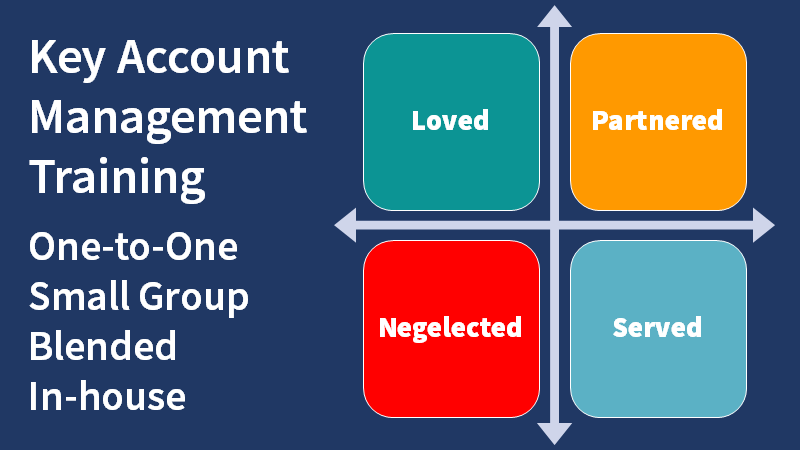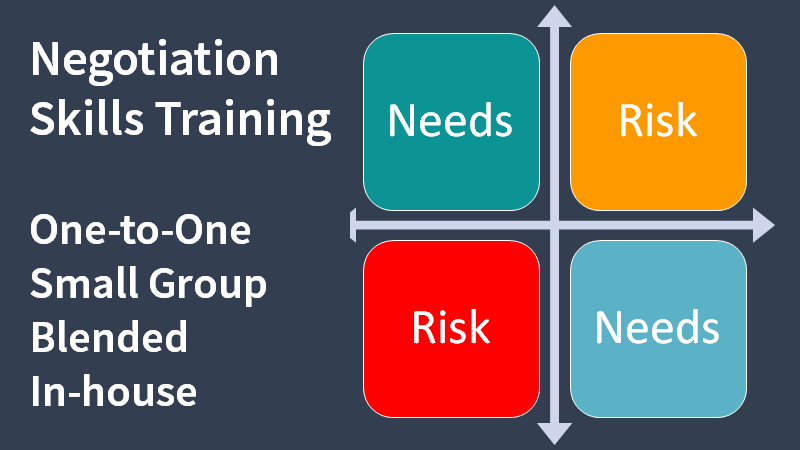Use this sales and marketing alignment assessment to harmonise sales and marketing operations.
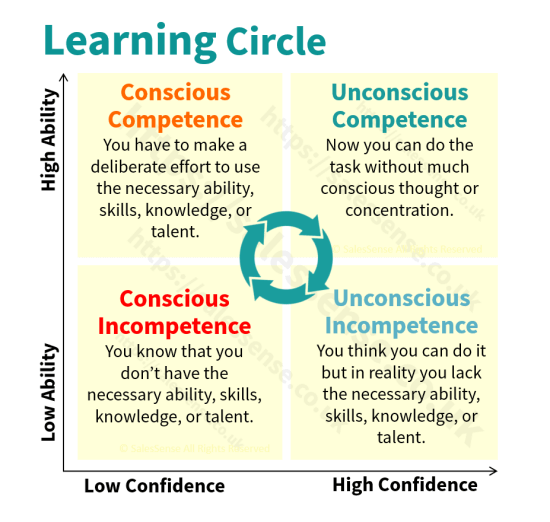
Complete this sales and marketing alignment assessment in 5 minutes.
The results are presented via a radar chart at the bottom of this page as scores are entered.
Rate the combined effectiveness of any sales and marketing collaboration.
Identify strengths and weaknesses, opportunities and vulnerabilities.
Use the feedback to guide organisation or operational improvements.
Read the notes for justifications and implementation guidance.
Sales and Marketing Alignment Assessment Instructions:
To use this sales and marketing alignment assessment, score each of the statements below. Enter a score between 1 and 10 in the boxes adjacent to each statement.
Score according to the degree of truth in each statement.
The notes offer explanations and some implementation guidance.
Make your score reflect reality.
The data is not recorded so you only have yourself to mislead.
Your total score and a chart showing the associated strengths and weaknesses will be updated in real-time at the bottom of the page.
Prospect Profiles: 1. A set of profiles that distinguish the ideal customers the organisation seeks, have been compiled, agreed and published internally. Notes: Prospect profiles are detailed classifications of prospective customer organisations that make it easier to identify or recognise prospects with a high potential to become customers. The greater the detail, the easier it becomes to find matching organisations. | |
Lead Definitions: 2. A set of definitions that distinguish the types of leads and enquiries the organisation seeks have been compiled, agreed upon, and published internally. Notes: Lead definitions take into account the circumstances of ideal prospects and the personas of the people who are most likely to be helpful in starting a customer buying process for what is being sold. Lead definition statements that have been compiled after seeking input from both sales and marketing, unify the two teams. Without commonly understood definitions, assumptions, misunderstandings, and miscommunication lead to friction and errors. | |
Personas and Triggers: 3. A set of definitions that distinguish the buying personas and influencers together with their typical buying triggers have been compiled, agreed upon, and published internally. Notes: Buying personas and their respective buying triggers help marketing and sales teams focus their efforts on individuals with the greatest present need for what is being sold. | |
Marketing Funnel: 4. A set of definitions that distinguish the stages of the marketing funnel and the criteria that determine transitions between stages have been compiled, agreed and published internally. Notes: Salespeople should have a clear understanding of the marketing lead-generation process. More knowledge of the complexity increases respect, improves communication, and facilitates the transfer of lead responsibility. Without this understanding, salespeople can easily undervalue marketing's lead generation efforts. | |
Sales Funnel: 5. A set of definitions that distinguish the stages of the sales funnel and the stage transition criteria have been compiled, agreed and published internally. Notes: Marketing people should have a clear understanding of the sales process. More knowledge of the complexity increases respect, improves communication, and facilitates the transfer of lead responsibility. Without this understanding, marketing people can easily undervalue the part played by salespeople. | |
Sales Opportunity Qualification: 6. A set of business opportunity qualification criteria, have been compiled, agreed and published internally. Notes: While opportunity qualification is a sales function, it is essential that marketing staff understand the criteria that are used by sales to determine if a lead becomes a sales opportunity. This improves communication and planning while reducing misunderstandings and errors. | |
Contact Classification: 7. All business contacts and their associated organisations are recorded and classified according to the internally published prospect profiles, lead definitions, marketing or sales funnel stage, and opportunity qualification criteria. Notes: The most efficient way to do this is to embed the profiles, definitions, funnel stage, and qualification criteria in the CRM so that it becomes a tick-box exercise. Consider representing the marketing funnel stages in the CRM so that the transition is continuous. | |
Pipeline Value: 8. An accurate total value of all outstanding business opportunities in each stage of the sales funnel is maintained and periodically published internally. Notes: Monitoring the flow of business is vital feedback for marketing as well as sales. Consider sharing this data weekly. This encourages everyone when results are on or ahead of plan and spurs action when there are shortfalls. | |
Lead to Opportunity Conversion: 9. The proportion of leads and enquiries that become qualified sales opportunities for each marketing funnel stage, is monitored and published internally at least once a month. Notes: These are vital KPIs for both marketing and sales. The conversion rate of leads and enquiries to opportunities together with the conversion rate of opportunities to sales are essential data for planning and forecasting. | |
Opportunity to Sale Conversion: 10. The proportion of qualified sales opportunities that won for each sales funnel stage, is monitored and published internally at least once a month. Notes: These are vital KPIs for both marketing and sales. The conversion rate of qualified sales opportunities by sales funnel stage together with the conversion rate of leads to opportunities are essential data for planning and forecasting. | |
Average Sale Value: 11. The average sale value is monitored and published internally at least once a month. Low-value inconsequential items that are below an agreed threshold are excluded from the calculation. Notes: As for conversion rates, the average sale value is a critical KPI. Together with conversion rate data, it enables sales and marketing teams to have leading rather than lagging trend indicators that can be acted on when there is still time to effect the result. | |
Customer Access: 12. Marketing staff are encouraged to meet and speak with customers and prospects to learn about their needs. Sales staff collaborate by facilitating contact or arranging meetings with appropriate people. Notes: This might seem like a given yet salespeople are often secretly reluctant to help with this and use their skills to justify avoiding the duty. There are legitimate reasons and some risks for a salesperson. Sometimes introducing a marketing person with a different agenda can disrupt a sale. The salesperson may not have the right level of relationship. Setting up and hosting such meetings can be time-consuming and may not be perceived to have an upside. These concerns can be countered with a policy document that acknowledges them. | |
Individual Marketing: 13. Sales staff are encouraged to carry out their own personalised independent marketing to their customers and networks. Marketing facilitates this activity by providing guidelines and governance underpinned by marketing plan schedules and access to digital marketing tools. Notes: By encouraging salespeople to leverage their professional networks and customer relationships, marketing can multiply the value of its content investments while strengthening relationships between sales and marketing staff. | |
Meeting Participation: 14. At least one Marketing representative attends all internal sales meetings and at least one sales representative attends all internal marketing meetings. Notes: While this requirement may add to the workload of both teams' if it is organised on a rotor basis the impact is minimal and the improvement in cross-team collaboration, communication, and harmony more than compensates for the time investment. | |
Leadership Alignment: 15. The respective marketing and sales heads or team leaders meet at least twice a month to share plans and progress regardless of the degree of plan overlap. Notes: The opportunity for miscommunication and friction between sales and marketing teams is inversely proportional to the time the team's respective leaders spend communicating and collaborating. | |
| Total Sales and Marketing Alignment Assessment Score |
Sales and Marketing Alignment Assessment Score Guide
If your total score for the marketing plan assessment is over 100, could you have been overly generous in your assessment? Whatever your scores, the chart reflects strengths and weaknesses. Use the results to improve harmony between your sales and marketing operations.
Don't leave it here. Decide your next steps.
Action is the key to all progress.
Here are some suggestions:
- Decide what you want to improve and make a plan. How to Get Better at Anything
- Set up business coaching sessions. How a Business Coach Can Help You Find 25% More Business
- Schedule a free call with Clive Miller for an informal conversation about sales and marketing.
No data entered on this page is recorded so if you want to keep your scores, save the chart to your device. For PC's, right-click on the chart and select save-as. For mobiles, take a screenshot.
If you have found this sales and marketing alignment assessment useful, add a comment below to encourage others.
Marketing Plan Assessment Applications Include:
- Business Planning
- Marketing Plan Resourcing
- Setting Sales and Marketing KPIs
- Managing Outsourced Marketing Arrangements
- Raising Sales and Marketing Standards
- Improving Sales and Marketing Governance
If you are looking for ways to improve harmony and effectiveness of sales and marketing operations this assessment offers a readily accessible solution. For fractional support, telephone +44 (0)1392 851500, send an email to jimm@salessense.co.uk or use the contact form here.



